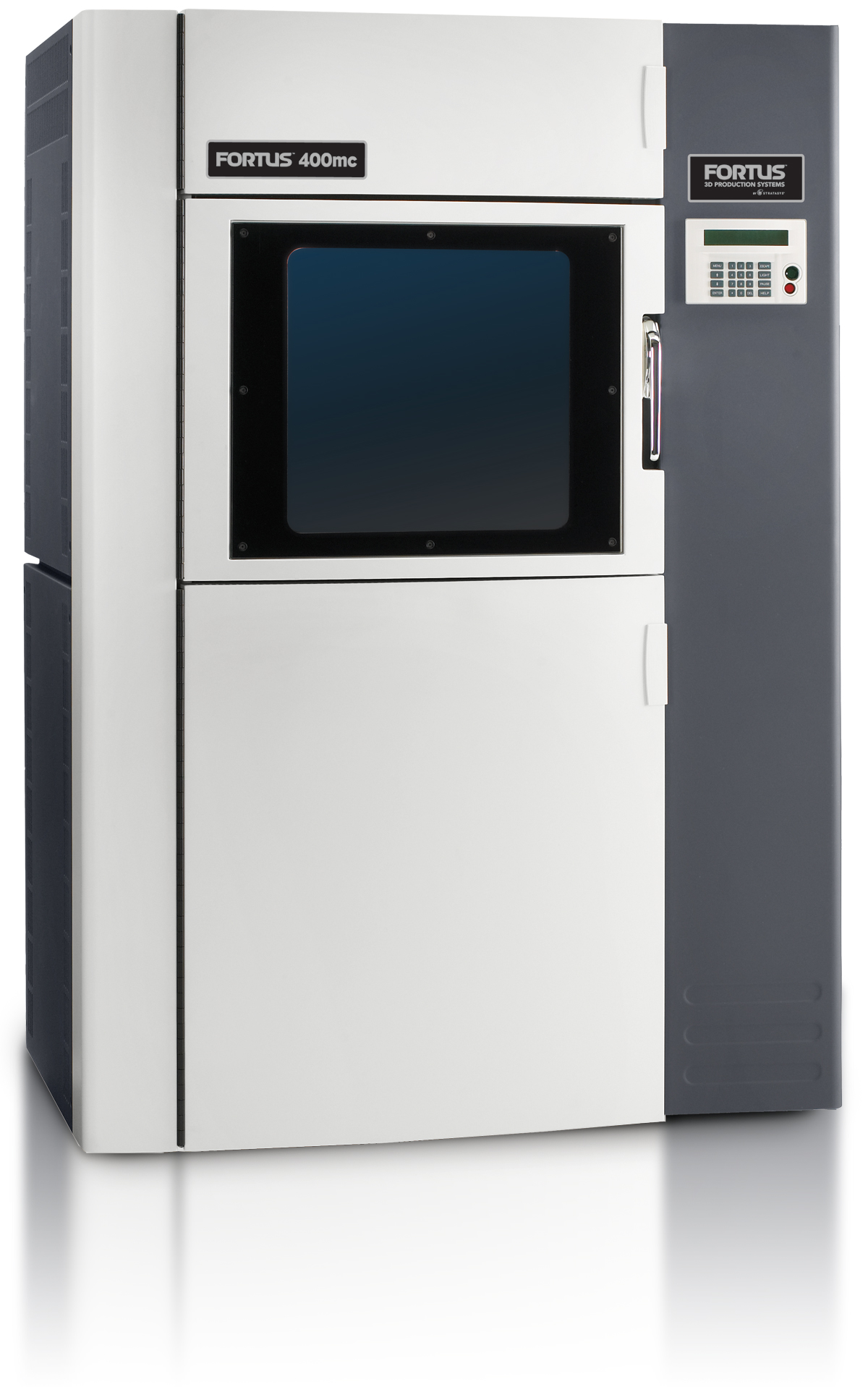Rapid Prototyping Machine Will Speed Design-Build-Test Process

The Statasys Fortus 400mc 3D system transforms drawings made with computer-aided design software, such as SolidWorks, into accurate, durable, repeatable, tangible products. It can build parts or prototypes as large as 14 x 10 x 10 inches and use nine materials, including biocompatible high-performance thermoplastics, such as polycarbonate ISO (PC-ISO), that can withstand high heat, caustic chemicals, sterilization, and high-impact environments.
“Durability is one of the greatest advantages of this machine,” said Jim Jones, engineering resources manager at the Weldon School who researched and selected this model over some of the more common 3D printers acquired for university laboratories. “The parts produced by the Fortus 400mc, though plastic, are much stronger than the others, which are quite fragile and will shatter if dropped or if much force is applied to them.”
Another significant advantage of the Fortus 400mc is its speed and versatility, “It will take the machine hours to create a part that typically would take weeks or months to be created by a fabricator,” said Allison Sieving, laboratory and assessment coordinator at the Weldon School. “Also, you have the capability to build products with complex geometries that cannot be made by other processes. For students this will facilitate the process of design iteration. They will be able to create physical models of their designs, test them, and get quick feedback on the efficacy of the design. Because this device can produce the product within hours, the students have more flexibility in redesigning solutions to meet design problem needs.”
For graduate students and faculty, the machine will provide in-house low volume manufacturing capabilities as well as a resource to create customized parts that can be printed and ready for use in hours. Examples of the types of mechanical pieces the machine will be used to construct include jigs, optical holders, robotic hand parts, ventilation tube fittings, and cases for electronics.
“3D printing is the prototyping tool of the future,” said Jones. “This gives our students an advantage because industry partners will be interested in hiring graduates with this type of prototyping experience.”
Sieving added, “The healthcare industry is seeking novel and customizable solutions to provide optimized care for patients. This aim underscores the importance of our students acquiring strong skills in computer-aided design software tools and 3D rapid prototyping systems. This skill set translates to a variety of areas within the healthcare field and will continue to expand as the capability to create durable products with biocompatible thermoplastics becomes mainstream.”

